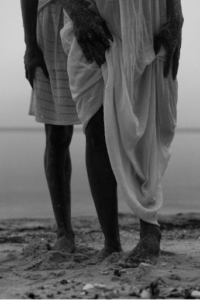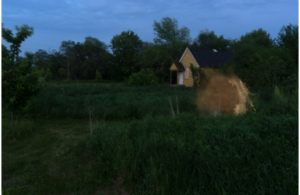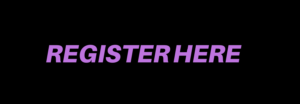Eleven artists with ties to North and South of the Mason-Dixon Line respond to just how much Black life has always been in transit.
The Great Migration was one of the largest movements of people in United States history. It has transformed cities like Chicago, Detroit, New York and Pittsburgh between 1916 and 1970. Chicago received more than 500,000 Black Southern Americans during this time.
To Southern Blacks, Chicago was considered the “Promised Land”. Stories of big city life — jobs with good wages, homes with running water, and basic freedoms denied to Blacks in the South — made the Northern city a prime destination for Blacks coming from below the Mason-Dixon line. As the most documented migration in US history, photographers like Gordon Parks, Florestine Perrault Collins, Moneta Sleet Jr., Roy DeCarava, and Coreen Simpson created imagery that demonstrated Black life in movement.
Today, contemporary artists and image makers respond to the many migrations of African Diaspora peoples and the influences of these movements in their work.

Derrick Woods-Morrow. Non-traditional Acts of Divination: Impression. Photograph. 18 in. x 24 in. 2019.
Featured Artists:
Lawrence Agyei
Anwulika Anigbo
Rose Blouin
Billie Carter-Rankin
Jen Everett
Mandela Hudson
Shabez Jamal
Sulyiman Stokes
Darryl Terrell
Loren Toney
Derrick Woods-Morrow

Darryl DeAngelo Terrell. 279º W 42º21’39” N 83º2’20″W Detroit, MI. Archival inkjet print. 24 in. x 36 in. 2021
Join us for an opening reception as we celebrate a diverse breath of photo and image works from some of the most promising artists exploring the possibilities and realities of Black life in image-making and photography.
Image courtesy (above). Sulyiman Stokes. Untitled (Momma #2). Photograph. 11 in. x 14 in. 2021




